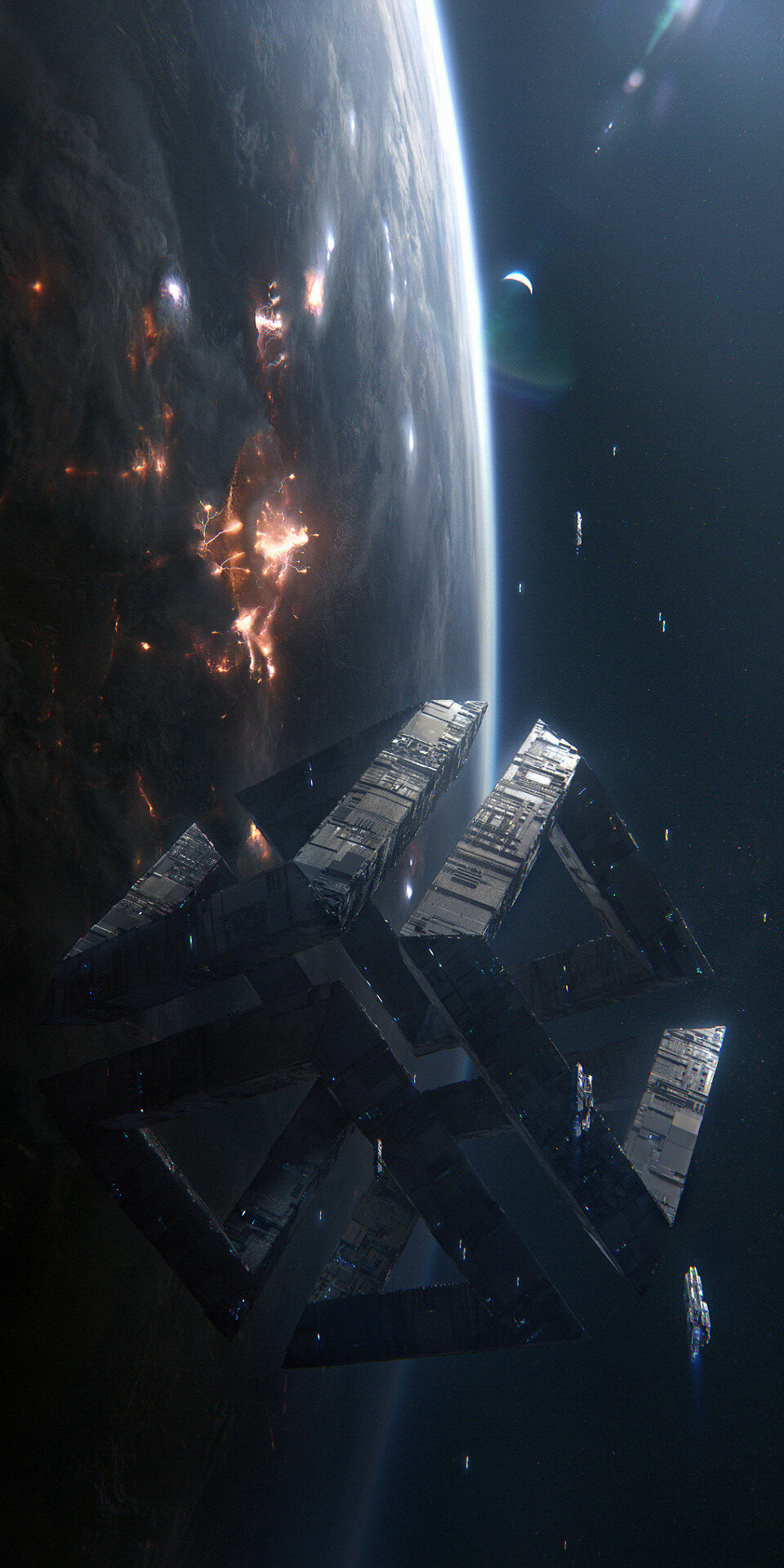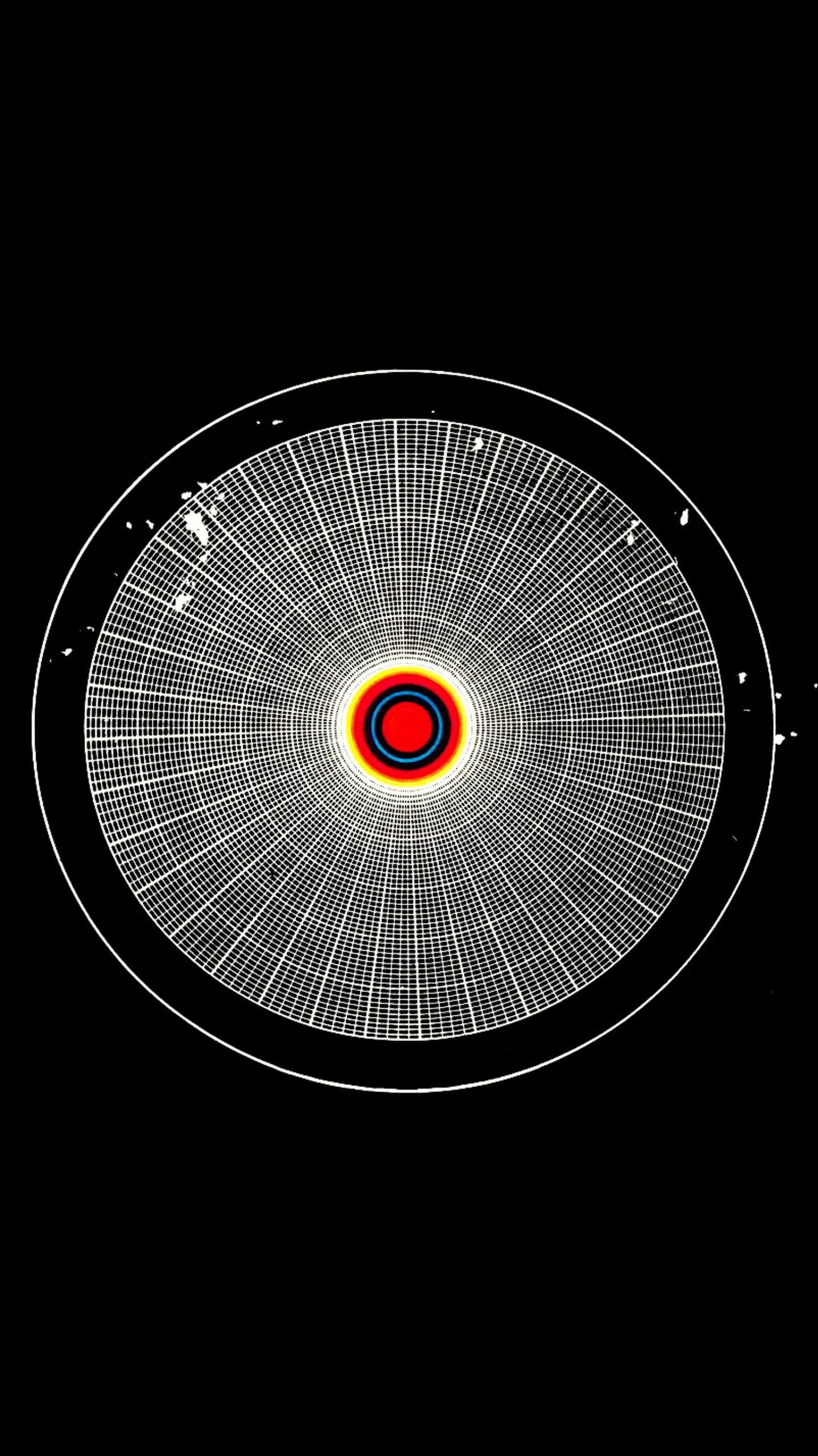
Isaac Arthur
The Megastructure Compendium
Science & Futurism
In the future humanity may build enormous structures, feats of mega-engineering that may rival planets or even be of greater scope. This episode catalogs roughly 100 major types of Megastructure, from those that are cities in space to those that rival galaxies.






